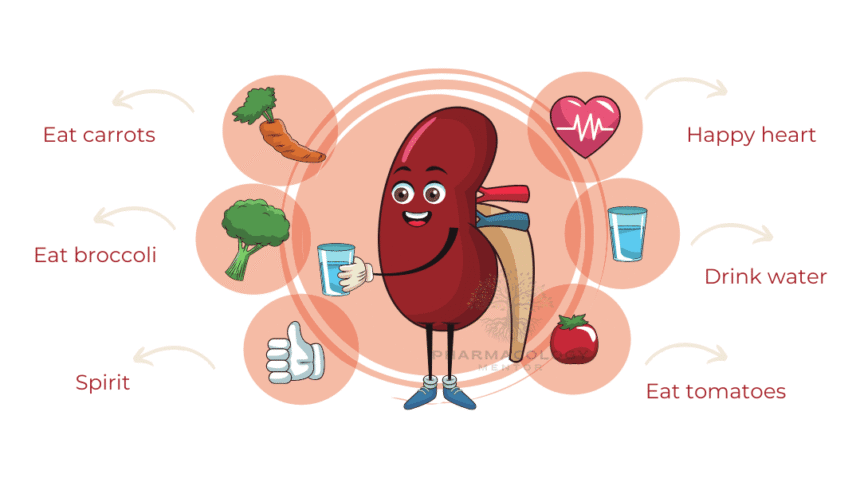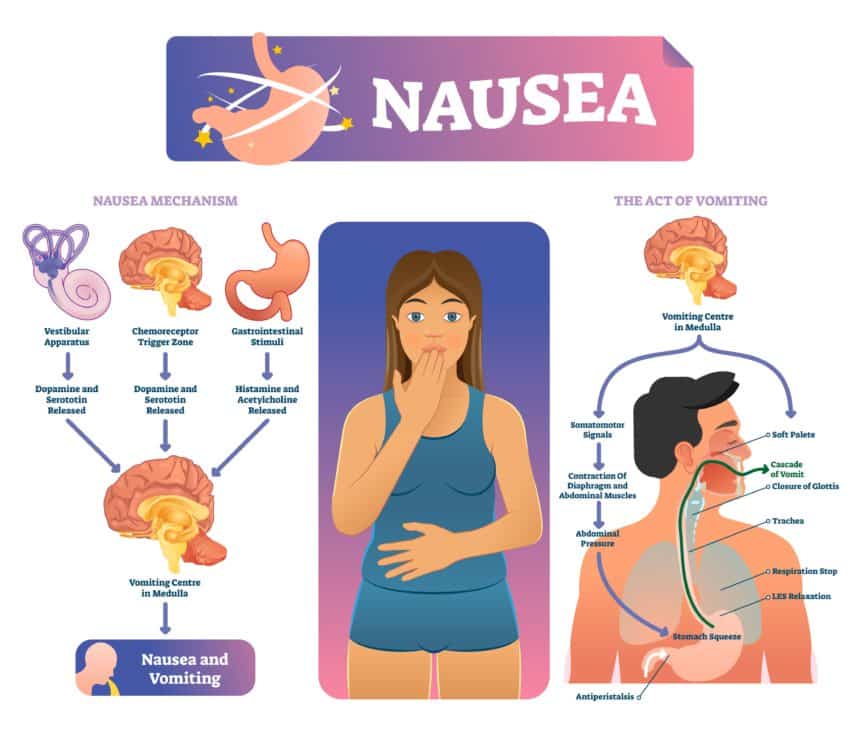Pharmacology of Loop Diuretics
Introduction Loop diuretics are a cornerstone of therapy in conditions where rapid and potent diuresis (urine output) is required. By inhibiting sodium and chloride reabsorption in the thick ascending limb…
First-Order vs. Zero-Order Kinetics: What You Need to Know
Zero-Order Kinetics Definition: In zero-order kinetics, the rate of drug elimination is constant and does not depend on the drug concentration. This is often seen with drugs that saturate the…
Prolongation of Drug Action: A Complete Overview
Extending the duration of a drug action can offer several advantages, such as enhanced patient compliance, reduced frequency of dosing, and minimized side effects. However, it's crucial to understand that…
Kinetics of Elimination: A Complete Overview of Mechanisms and Implications
Understanding the kinetics of how a drug is removed from the body is foundational for creating and adjusting rational dosage plans tailored to individual patient needs. Three key pharmacokinetic parameters…
Diuretics and Antidiuretics: A Quick Reference Guide
Introduction Welcome to this all-encompassing guide to Diuretics and Antidiuretics. Whether you're a healthcare professional, a student, or someone simply interested in pharmacology, this article is designed to help you…
Metformin: The Most Popular Biguanide Explained
Metformin, a cornerstone in the treatment of type 2 diabetes mellitus, is one of the most commonly prescribed oral antidiabetic agents worldwide. Originally discovered from a natural plant source known…
Complete Guide to Diabetes: From Symptoms to Treatment
I. Introduction and Definition Diabetes mellitus defines a group of inherited and acquired metabolic disorders marked by hyperglycemia resulting from absolute (Type 1) or relative (Type 2) deficiencies in insulin secretion,…
Pharmacology of Insulin
Introduction Discovered almost a century ago, insulin remains a cornerstone of therapy for diabetes mellitus—a global health challenge characterized by hyperglycemia, insulin resistance, and/or insufficient insulin secretion. Beyond diabetes, insulin also plays…
The Comprehensive Guide to Anticancer Drugs: What You Need to Know
Introduction to Anticancer Drugs: Anticancer drugs are medications that inhibit the development and spread of cancerous cells. They achieve this by interfering with the DNA and RNA that cause cell…
The Vomiting Centre and the Chemoreceptor Trigger Zone (CTZ)
1 · Introduction Vomiting (emesis) is an evolutionarily conserved defence reflex that forcefully expels gastric—and at times intestinal—contents through the mouth. Although the motor act seems singular, it is orchestrated by…
















